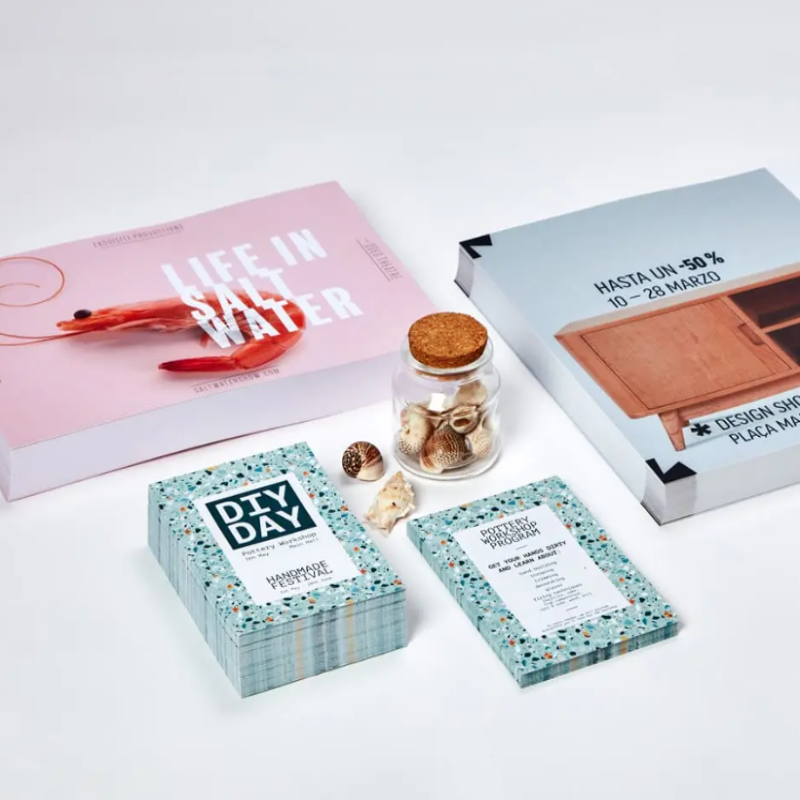The Rise of Wooden Cutlery A Sustainable Choice for Dining
In recent years, the awareness of environmental sustainability has grown significantly, influencing consumer choices across various sectors. One notable trend in dining is the increasing popularity of wooden cutlery. As concerns over plastic pollution and its detrimental effects on the environment escalate, wooden cutlery presents a compelling alternative that combines practicality with eco-friendliness.
Wooden cutlery, typically made from bamboo or other sustainable woods, is biodegradable and can decompose naturally, unlike its plastic counterparts. With millions of single-use plastic utensils ending up in landfills and oceans each year, the transition to wooden alternatives offers a viable solution to a pressing environmental crisis. Bamboo, in particular, is lauded for its rapid growth and regenerative properties, making it an excellent choice for sustainable cutlery production.
Moreover, wooden cutlery is not only an eco-friendly option but also adds a unique aesthetic appeal to dining experiences
. Its natural texture and warmth can enhance the presentation of meals, making it a favorite in restaurants that prioritize a rustic or organic ambiance. Consumers are increasingly seeking out products that are not only functional but also visually appealing, and wooden cutlery fits this bill perfectly.wooden cutlery

In addition to its aesthetic and environmental benefits, wooden cutlery is also safe for use. It does not leach harmful chemicals into food, unlike some plastic utensils, particularly those made from lower-grade plastics. This raises the safety standard for dining experiences, especially for families with young children, who might be more susceptible to the harmful effects of chemicals found in plastics.
Furthermore, the transition to wooden cutlery aligns with global efforts to promote sustainable practices. Many restaurants, catering services, and events are adopting wooden utensils as part of their commitment to reducing their carbon footprint. This shift not only reflects a conscientious effort to mitigate environmental impact but also resonates with a growing customer base that values eco-conscious choices.
In conclusion, wooden cutlery represents a significant step toward more sustainable dining practices. Its biodegradability, safety, and aesthetic appeal make it a preferable choice over conventional plastic utensils. As society continues to grapple with the effects of pollution, opting for wooden cutlery is a small yet impactful way for individuals and businesses to contribute to a healthier planet. By choosing wooden over plastic, we take a meaningful step toward a more sustainable future, one meal at a time.



